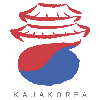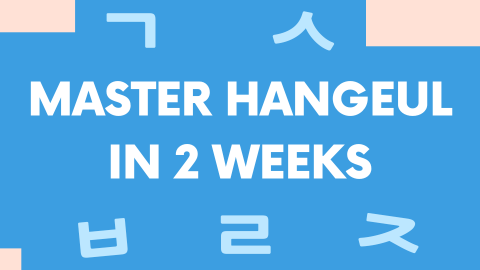Question Endings
How to ask questions naturally in Korean based on tone and politeness
When learning Korean, knowing how to ask questions is just as important as knowing vocabulary or grammar.
But here’s the thing - in Korean, the question ending you choose completely changes the tone, nuance, and level of politeness. Even if the sentence uses the same verb, a different ending can make it sound polite, casual, emotional, or even blunt.
Let’s break down the 6 essential Korean question endings that every learner should know, with examples to show when and how to use each one.
1. -아/어요? (Standard Polite)
This is the most commonly used question ending in daily conversation. It’s polite but not overly formal, so it’s perfect for speaking with coworkers, strangers, or acquaintances.
Use it when:
- Talking to someone you don’t know well
- Shopping, eating out, asking casual but polite questions
Examples:
지금 뭐 해요? → What are you doing right now?
이거 맛있어요? → Is this delicious?
2. -(스)ㅂ니까? (Formal and Respectful)
This is the most formal and respectful form, often used in presentations, news, official announcements, or very polite settings like workplaces or customer service.
Use it when:
- You want to sound very respectful
- You are in formal or professional situations
Examples:
지금 몇 시입니까? → What time is it now?
질문이 있습니까? → Do you have any questions?
3. -지? / -죠? (Seeking Agreement)
These endings are used when you want confirmation or agreement. They often translate to “right?” or “isn’t it?”
-지? is casual, while -죠? is the polite version.
Use it when:
- You’re confirming something you believe to be true
- You want to keep the tone light or empathetic
Examples:
서울에 살죠? → You live in Seoul, right?
오늘 많이 힘들었지? → You had a hard day, right?
4. -나요? (Polite Curiosity)
This ending sounds gentle and slightly curious, often used when you want to ask a question politely without sounding too direct.
Use it when:
- You want to be kind and respectful
- You’re softly inquiring about something
Examples:
무슨 일 있나요? → Is something going on?
비가 오나요? → Is it raining?
5. -니? (Casual & Friendly)
Used in informal conversations, mostly between friends, or by parents talking to children. It sounds warm and soft, but don’t use it with elders or strangers.
Use it when:
- Talking to close friends
- Speaking casually with someone younger
Examples:
밥 먹었니? → Did you eat?
어디 가니? → Where are you going?
6. -냐? (Blunt or Teasing)
This is a blunt and emotional question ending. It can sound teasing, angry, or playful — depending on the tone. It’s typically used between close friends or in emotional situations.
Use it when:
- You want to sound direct, emotional, or joking
- Talking in an informal or confrontational tone
Examples:
왜 안 했냐? → Why didn’t you do it?
지금 뭐 하냐? → What are you doing?
Coming soon
Learn more

